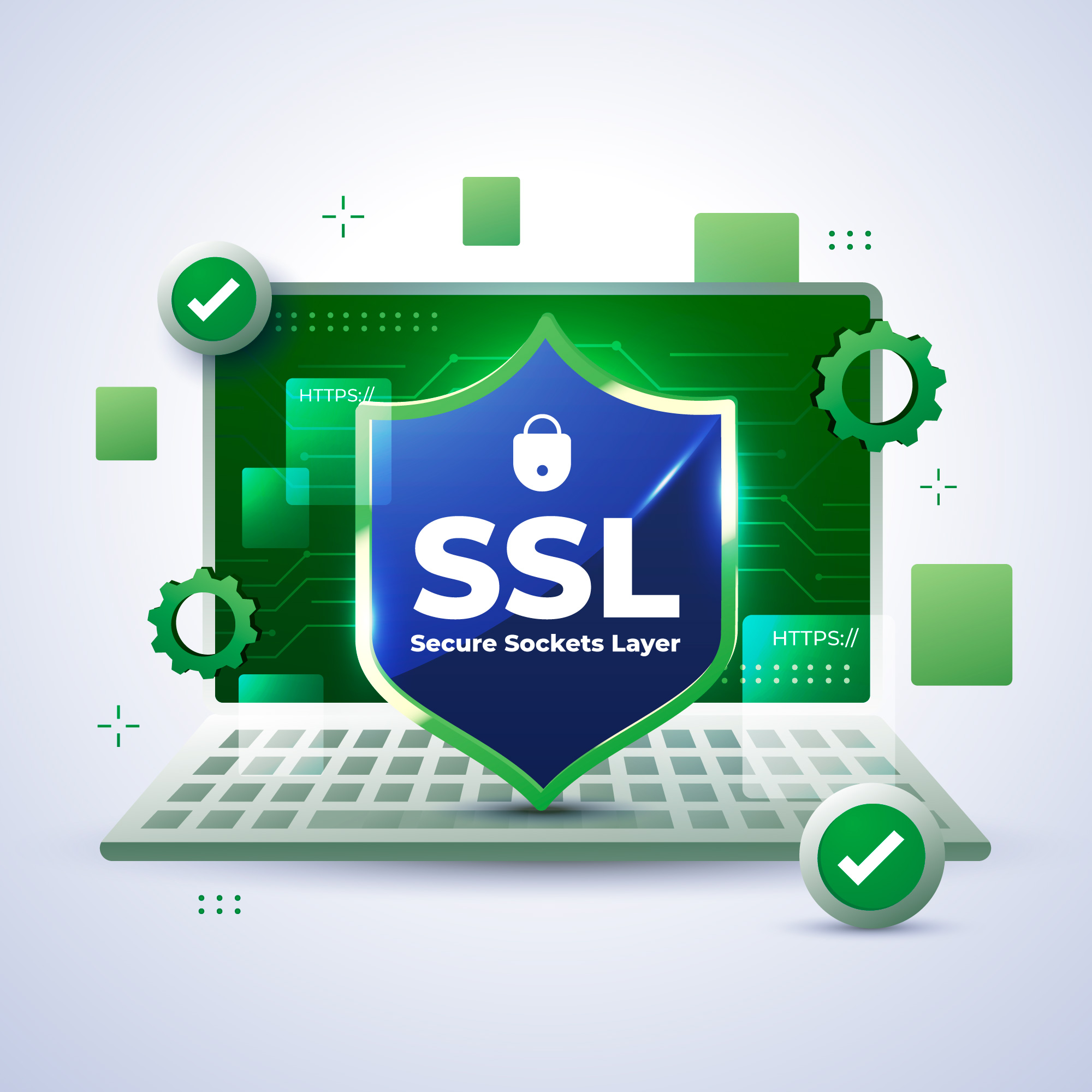
15
SSL: The Cornerstone of Internet Security
SSL (Secure Sockets Layer) is a standard security technology for establishing an encrypted link between a server and a client—typically a web server (website) and a browser, or a mail server and a mail client (e.g., Outlook). SSL allows sensitive information such as credit card numbers, social security numbers, and login credentials to be transmitted securely.
What is SSL?
SSL (Secure Sockets Layer) is a standard security technology for establishing an encrypted link between a server and a client—typically a web server (website) and a browser, or a mail server and a mail client (e.g., Outlook). SSL allows sensitive information such as credit card numbers, social security numbers, and login credentials to be transmitted securely.
Why is SSL Important?
1. Data Encryption
When data is sent between a user’s browser and a web server, SSL encrypts this data, making it unreadable to anyone except for the server it’s being sent to. This ensures that sensitive information is protected from eavesdropping and tampering.
2. Authentication
SSL certificates provide authentication. This means that you can be sure that you are sending information to the right server and not to an imposter. In the age of phishing and online scams, this is crucial.
3. Data Integrity
Data cannot be modified or corrupted during transfer without being detected. When data is sent over the internet, it goes through various networks, and SSL ensures that it arrives unaltered.
4. Trust and Brand Power
Websites that use SSL certificates can also display a security badge or seal. This helps to build trust with customers. Moreover, search engines like Google have started to prioritize websites that use SSL certificates, meaning it can also improve your site's SEO ranking.
How SSL Works
1. Handshake Process
When a browser attempts to access an SSL-protected website, an SSL handshake process occurs. This involves a series of steps to establish a secure connection:
- The browser requests that the server identifies itself.
- The server sends a copy of its SSL certificate, including the server’s public key.
- The browser checks the certificate root against a list of trusted CAs and ensures that the certificate is not expired, unrevoked, and that its common name is valid for the website it is connecting to.
- If the browser trusts the certificate, it creates, encrypts, and sends back a symmetric session key using the server’s public key.
- The server decrypts the session key using its private key and sends back an acknowledgment encrypted with the session key to start the encrypted session.
- Data encrypted with the session key is now shared securely between the browser and the server.
2. Types of SSL Certificates
- Domain Validated (DV) SSL Certificate: The Certificate Authority (CA) verifies the domain name registration.
- Organization Validated (OV) SSL Certificate: In addition to domain name verification, the CA verifies certain details of the organization.
- Extended Validation (EV) SSL Certificate: This involves a thorough vetting process by the CA, including legal, physical, and operational existence of the entity. Websites with EV SSL certificates display a green address bar in the browser.
How to Check SSL on Your Website
It's crucial to regularly check the SSL status of your website to ensure that it remains secure and compliant with best practices. You can check your website's SSL certificate status using online tools. One such reliable tool is Convert4All. By using Convert4All, you can quickly verify the details and validity of your SSL certificate, ensuring your website remains secure for your users.
Conclusion
In today’s digital world, SSL is not just a recommendation but a necessity for any website handling sensitive information. It not only ensures secure communication but also builds trust and credibility with users. By understanding the importance of SSL and regularly checking the status of your SSL certificates, you can protect your website from potential security threats and enhance your brand's reliability.
Contact
Missing something?
Feel free to request missing tools or give some feedback using our contact form.
Contact Us